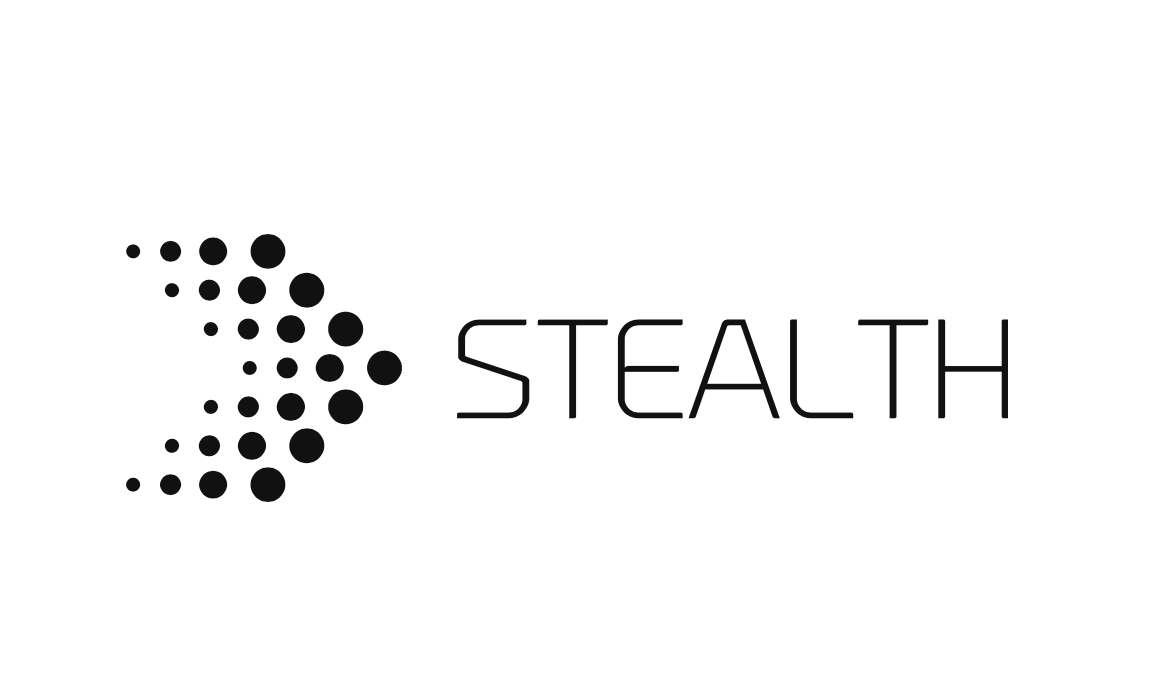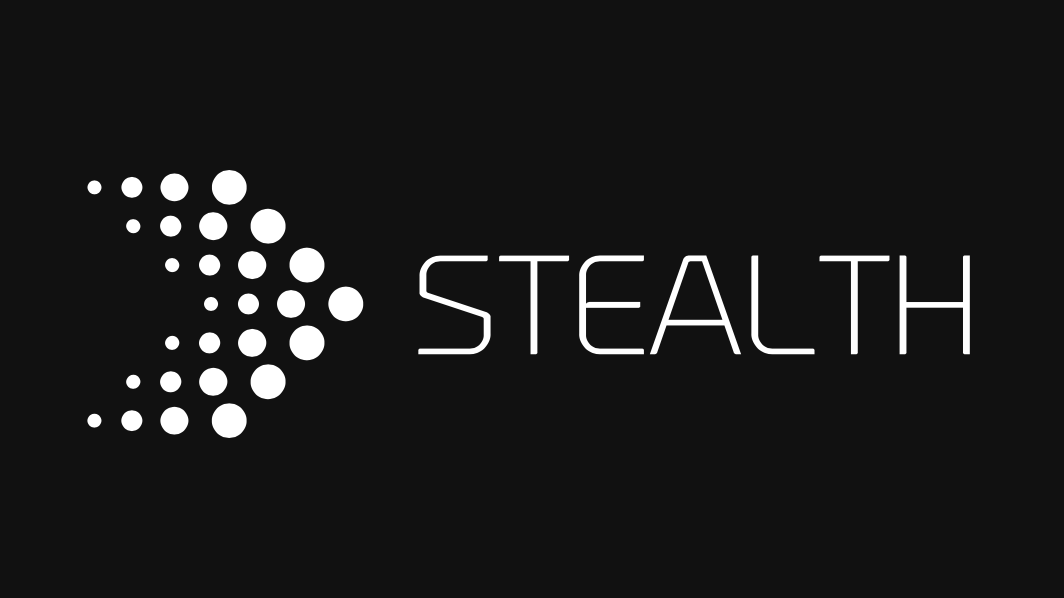Integrating Anaerobic Digesters for Co-Product Production
Anaerobic digestion (AD) is a well-established technology that has been widely used to treat organic waste streams and produce biogas. The potential of anaerobic digestion extends beyond biogas production, as it can be integrated with other processes to generate valuable co-products for the energy, industrial, and pharmaceutical sectors. Here are a few of the advantages of integrating anaerobic digesters with other technologies to produce a diverse range of sustainable and high-value co-products.
Energy Co-Products
Integrating anaerobic digestion with other energy-producing technologies can lead to significant efficiency gains and increased overall energy output. One promising combination is the integration of AD with gasification or pyrolysis processes. By using the residual digestate from the anaerobic digester as feedstock for gasification or pyrolysis, it is possible to produce syngas, a versatile gas that can be used for power generation or as a building block for synthetic fuels and chemicals.
Another energy co-product that can be derived from anaerobic digestion is hydrogen. By incorporating bioelectrochemical systems (BES) into the AD process, it is possible to generate hydrogen gas alongside biogas. This hydrogen can be used in fuel cells, combined heat and power systems, or as a feedstock for various chemical processes.
Industrial Co-Products
The integration of anaerobic digesters with other technologies can also lead to the production of valuable industrial co-products. For instance, the use of microalgae cultivation in conjunction with AD can lead to the production of algae biomass, which can be processed into various value-added products such as biofuels, animal feed, and fertilizers.
Another example is the production of biopolymers from the volatile fatty acids (VFAs) generated during anaerobic digestion. By selecting appropriate microbial strains and adjusting process conditions, it is possible to convert VFAs into biodegradable polymers like polyhydroxyalkanoates (PHA), which can be used as environmentally friendly alternatives to traditional petroleum-based plastics.
Pharmaceutical Co-Products
Anaerobic digestion can also be integrated with processes that produce high-value pharmaceutical co-products. One such example is the production of bioactive compounds, including antimicrobial peptides and exopolysaccharides, from the microbial communities present in anaerobic digesters. These bioactive compounds can have potential applications in pharmaceuticals, nutraceuticals, and cosmetics industries.
Furthermore, by incorporating advanced separation and purification technologies, it is possible to recover essential trace elements and minerals from the digestate produced during anaerobic digestion. These recovered elements can be utilized as raw materials for the production of pharmaceuticals and other high-value products.
The integration of anaerobic digesters with complementary processes offers a promising approach to diversify the range of co-products generated from organic waste streams. By producing energy, industrial, and pharmaceutical co-products alongside biogas, this integrated approach can contribute to a more sustainable and circular bioeconomy. As the demand for renewable resources and sustainable solutions continues to grow, the development and implementation of such integrated systems will play a crucial role in shaping the future of the bioenergy and biotechnology sectors.

